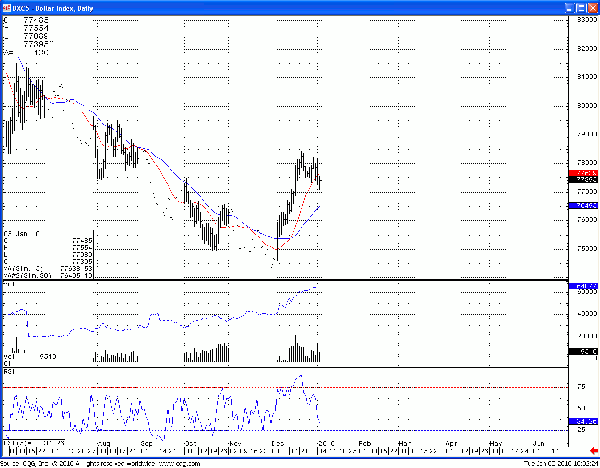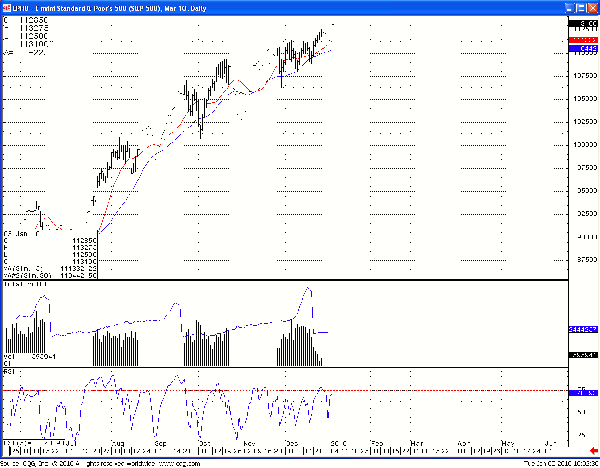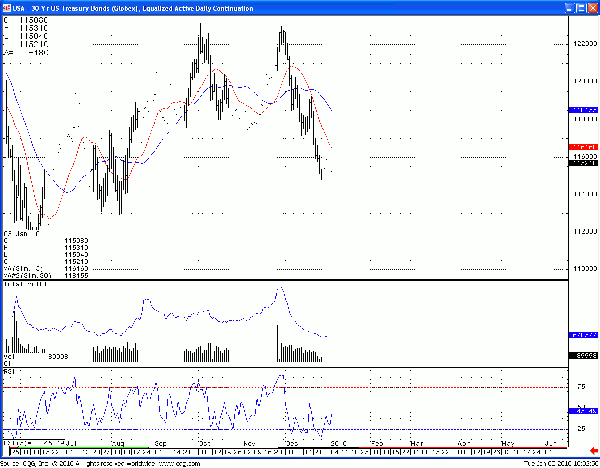It seems the entire world has been bearish the U.S. dollar. Traders have been selling it relentlessly since the stock market crashed in 2008, and for good reason. This trend has been fueling commodities, and inflation is on the radar. However, I will argue that the technical picture for the U.S. dollar has turned bullish.
Being bearish the dollar since 2008 has been profitable, and short interest is through the roof. No one seems to believe the dollar can rally given the Federal Reserve’s easy monetary policy. The Fed has been printing money, and flooding our system with liquidity.
However, when a boat becomes lopsided, it tips. The masses are almost never right. Recently, we’ve seen some short-covering in the U.S. dollar index futures. Investors came late to the game are under water on their positions, and this could fuel a powerful rally. If the shorts start really running for cover, we could see a more explosive rally. I think a bullish trend would remain intact in the ICE U.S. Dollar Index futures, even if the market does slip back to as low as 75.

Let’s take a look at what’s going on with the economy, which I believe will fuel dollar gains. The stock market has no doubt been strong. The S&P rose 24 percent in 2009, the Dow Jones Industrial Average 19 percent, the Nasdaq 44 percent, and major market averages kicked off the first trading day of 2010 with a rally.
Looking at a monthly chart of the E-mini S&P 500, we can see the all-time highs in 2007, the bottoming action, and then the 50 percent correction back from the downward move. The 61.8 retracement would bring the S&P to about 1,200, which could mark strong overhead resistance.

At the beginning of the year, we tend to see mutual fund buying and rebalancing, so it makes sense the market is holding up well. Investor mood has also been turning more positive. Sentiment is what drives the market in the short-run. People want to believe the lows are in, and things are turning around.
However, the government’s stimulus money has largely kept the market afloat. No one truly believes their city, state or municipal governments could go bust. Municipalities have borrowed more than they can repay, and their main source of income—tax receipts–is falling. The only reason a lot of these state and local governments haven’t failed is because of Federal stimulus packages. They are doing nothing to reduce spending, and once stimulus money is gone, I think there could be trouble. I could be wrong of course, but investors are loading up on stocks and municipal bonds, and it could prove costly. The daily chart of the S&P looks good, and acts good, but I’m looking for a turning point in the near future.
Deflationary Forces
The world seems to believe inflation is a big scare, but I think deflation will present itself in the first quarter of this year. Banks are 90 percent invested in mortgages right now (they used to carry 40 percent in Treasury securities), and if these mortgages are wiped out, banks will become insolvent. These IOUs with homes as collateral are the only paper backing bank deposits. If real estate doesn’t recover, we are going to have major problems. And it’s going to be hard for real estate to recover until banks start lending again. Banks have been lending to all the wrong people for decades, for the wrong reasons. More bank loans have been going to consumers, not businesses. Consumers consume, but successful businesses create value, including jobs.
I see the mortgage market today as broken. About 90 percent of mortgages now on the market have been created, funded, or guaranteed by the government. Someone always pays more when the government is involved.
One has to wonder: how is real estate going to pick up when people are ceasing to pay their mortgages, even if they have the money to pay them? When people walk from their mortgages, they are reneging on a promise to pay the interest on the loan. The banks get stuck holding a piece of property worth less than the loan amount, and these properties are losing value. So now banks have restricted their lending standards, and are getting out of the credit card business. Everything I mentioned is deflationary, and supports the view the U.S. dollar will head up, and other markets will sell off.
Treasury Bond Outlook
Let’s look at the 30-year Treasury bond futures. This market has been in a bullish trend since the 1980s, but in recent days, has seen a “three steps forward, two steps back” type of scenario. I’m going to argue we are in a short-term bearish trend from a technical standpoint, and I recommend selling rallies. I think 30-year bond futures can push up to 117 or so, which will be a good place to sell. Short-term interest rates are at or near zero; they can’t go any lower. The Fed has little left in its arsenal to push rates lower. At some point, rates have to head higher, and that means bonds will have to sell off. I think shorting the long end of the yield curve will offer the most bang for your buck. It will also steepen the yield curve, which will ultimately save banks.

I’ve been arguing the dollar is heading higher, and deflation is likely, and therefore commodities should sell off. However, I have to make note of one exception–sugar. I am very bullish this market. Of course there are bullish fundamentals driving this market to near 30-year highs, but more importantly to me, the technical picture looks very bullish too. I would not be surprised to see sugar north of 40 cents a pound before this rally is done.
Please feel free to contact me regarding any questions you might have about these markets, or to develop a customized trading strategy.
Mike Hinman is a Senior Market Strategist with Lind Plus, Lind-Waldock’s broker-assisted division. He can be reached at 866-471-2048 or via email at mhinman@lind-waldock.com.
Past performance is not necessarily indicative of future trading results. Trading advice is based on information taken from trade and statistical services and other sources which Lind-Waldock believes are reliable. We do not guarantee that such information is accurate or complete and it should not be relied upon as such. Trading advice reflects our good faith judgment at a specific time and is subject to change without notice. There is no guarantee that the advice we give will result in profitable trades. All trading decisions will be made by the account holder.
Futures trading involves substantial risk of loss and is not suitable for all investors. © 2010 MF Global Holdings Ltd. All Rights Reserved.
Futures Brokers , Commodity Brokers and Online Futures Trading . 141 West Jackson Boulevard, Suite 1400-A, Chicago, IL 60604.



